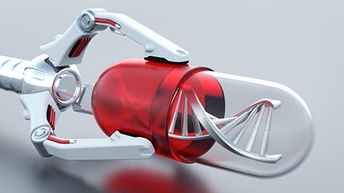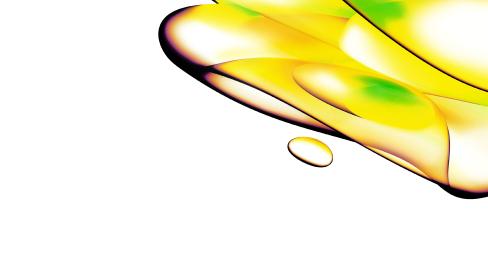Resource Center
Explore Resource Types
Focused Solutions

Nucleic 3 Acid Isolation ® 2
Nucleic 3 Acid Isolation ® 2
Revvity 2 provides a unique and efficient method for isolating nucleic acids based on chemagic™ technology established over 25 years.

Biologics
Make advancements with precision biologics tools, designed to enhance your therapeutic approaches encompassing monoclonal antibodies, recombinant proteins, vaccines, and targeted next-generation cell and gene therapies.

Cell and Gene Therapy
The recent success of cell and gene therapies has paved the way for the next generation of advanced therapeutics. While challenges remain, cell and gene therapy research is seeing a transformational shift in the way that novel modalities, such as CAR-T, CRISPR, and vectors, are developed and delivered.

Diabetes and Metabolic Disease Reagents
Metabolic diseases and disorders disrupt normal metabolism.

Disease Research
New drug modalities and targets are enabling us to live longer and healthier lives— but their development is grounded on a deep understanding of disease onset and progression.

Drug Development
The process of drug development comprises all the activities involved in bringing a new drug to market once a lead compound has been identified.

Functional Genomic Screening Services
Identify and characterize drug discovery targets with functional genomic screening services. Offering CRISPR knockout, CRISPR activation, CRISPR inhibition, dual screening and RNAi technologies

Functional Testing
No two cancers are the same —from their genetic makeup to their microenvironment —so the treatment needs to match the uniqueness.

Genomic Analysis
Our optimized, automated solutions are designed to improve the efficiency of your genomic workflows.

In Vivo Imaging Instruments
Whether you’re trying to understand biology pathways, monitor disease progression, or evaluate drug candidates earlier in drug development, our wide portfolio of preclinical imaging systems are designed to meet your research needs.

Integrated Lab Automation
From cellular screening and imaging applications to high-throughput screening and genomics-based applications, custom explorer™ G3 integrated workstations

Physiological Model Solutions
Drug discovery endeavors require a deep understanding of biological systems and their response to potential therapeutics.

Precision Medicine Research
Countless diseases, especially cancer, are highly heterogenous in nature which means a one-drug-fitsall approach isn’t practical for treating or fighting these diseases effectively.

Small Molecule Drug Discovery
With decades of experience in drug discovery driven by strong customer relationships, Revvity has developed an excellent product portfolio of drug discovery tools for complete solutions serving all parts of the discovery workflow.


All Resources
Filters
1129 - 1140 of 1473 Results
Signaling in the immune system - HTRF assays for oncology and inflammation
Unlocking insights with AlphaLISA anti-drug antibodies detection assays
AlphaLISA assay development guide
Discover alpha technology: illuminating protein interactions
User’s guide: Alpha protein:protein interaction assays
Detection of SARS-CoV-2 in wastewater
chemagic brochure
SOP: IVISbrite tumor cell culture guidelines
The 5 most common mistakes to avoid when culturing IVISbrite tumor cells
IVISbrite Tumor cell lines and substrates
Improved deep-tissue imaging with red-shifted luciferase tumor cell lines
Top tips for effective gene silencing in 3D cultures


Looking for technical documents?
Find the technical documents you need, ASAP, in our easy-to-search library.




























